penstyle turnpike house
penstile turnpike house
now called Newton Lodge
In 1753, Turnpike Commissioners were appointed for "repairing and widening the roads" of Yeovil. At the first meeting of the Yeovil Turnpike Trust on 12 June 1753, they ordered that "three capital gates be erected" at Hendford Bridge (by today's Railway Tavern) and also known as Hendford Gate, Goar Knap (spanning Sherborne Road on the town side of the junction of St Michael's Avenue - later replaced by Yeovil Bridge Turnpike House) and the "Head of Kingston". There was also the Pen Style Stop Gate near the entrance leading from Pen Style to Newton, later replaced by Pen Style Turnpike House. Other gates at various times being Watercombe Side Gate, Combe Street Lane "Hutt Gate" - later replaced by Mudford Road Turnpike House, Milford Lane Side Gate (today's Goldcroft) and Jernegan's Hut Side Gate at Vagg.
Collectors at each of these gates received a salary of six shillings per week or "eight shillings until the toll houses are completed". There was also a "stop gate near the entrance leading from Pen Style to Newton with others at Watercombe Lane, Combe Street Lane, Goldcroft and Dorchester Road. The Turnpike Commissioners ordered that a stop gate be erected "on or near the entrance of the road leading from Pen Stile to Newton."
John Gregory was the first collector of tolls, appointed in 1753 at a salary of 2s 6d a week. The job of collecting tolls must have been lucrative since in 1773 the Pen Style Gate was let for £9 a year (around £1,450 at today's value). In 1785, Pen Style Gate was let to Mary Toogood for £11 but by 1808 the Goar Knap, Pen Style and Stoford Stop Gates were let to George Coaker for £183 (about £18,000 at today's value).
The Pen Style Gate, literally a gate across the road and shown on E Watt's map of 1806 below, appeared in the 1841 census as being controlled by George London, a wagoner, who lived in a cottage there with his wife and four children. Later, a toll house known as the Penstile Turnpike House, or Pen Stile Toll House, was constructed for the gate keeper in the late 1840s or early 1950s.
In the 1851 census, 79-year old widower Thomas Burt was listed as the Toll Gate Keeper, living in the tollhouse with his unmarried daughter, Lucy. In the 1861 census agricultural labourer Bernard Cooper lived in the tollhouse with his wife Susanna, twenty years his junior, and baby Ellen. Surprisingly Susanna was listed as the gate keeper.
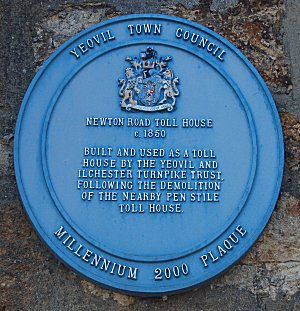 The Penstile
Stop Gate,
had originally
been sited at
Pen Style - the
junction of
Newton Road and
Lower Middle
Street (hence
its name) but in
1849-50 a new
toll house was built
on the corner of
Newton Road and
South Western
Terrace. It is
Grade II listed
and is
now named Newton
Lodge.
The Penstile
Stop Gate,
had originally
been sited at
Pen Style - the
junction of
Newton Road and
Lower Middle
Street (hence
its name) but in
1849-50 a new
toll house was built
on the corner of
Newton Road and
South Western
Terrace. It is
Grade II listed
and is
now named Newton
Lodge.
In its edition of 19 September 1863 the Western Gazette reported "The old turnpike gate and house at the entrance to Newton Road have at last been removed... The greater part of the small front garden should be thrown into the road so as to bring Newton Road as nearly in a line as possible with the street in front of Wyndham Terrace."
map
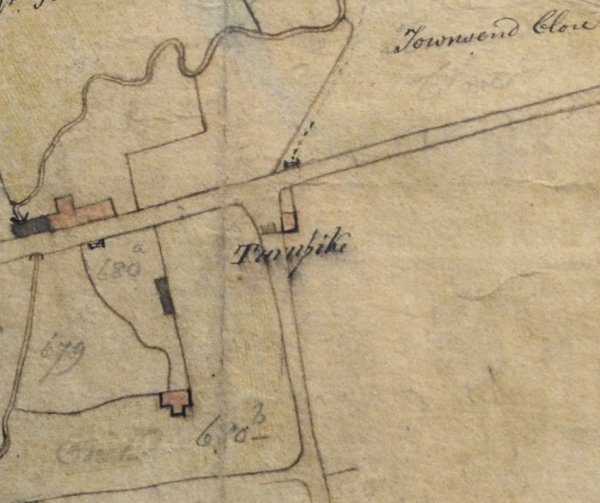
E Watts' map of Yeovil of 1806 shows Penstyle Gate crossing Newton Road and marked 'Turnpike' at centre. The original toll-keeper's house is shown to its east, shaded pink - later replaced by Penstyle Turnpike House. The stream running from top centre down to bottom left is Milford Stream. In the bottom left quadrant is Coldharbour Farm. To the north of the toll gate is shown a gate leading to a footpath (shown by the dotted line) running along the western edge of Townsend Close. This footpath is the line of the later Wyndham Street.
gallery

A poster of 1852 displaying the charges for access through the Penstile Gate.

A colourised photograph of the elderly lady, Lizzie Little - a coke seller (the fuel, not drugs) - with her new donkey and cart, presented to her as part of Queen Victoria's Jubilee celebrations, in front of one of the two artificial stone bridges built for the 1887 Golden Jubilee celebrations - this one being across Newton Road - Pen Style Toll House is seen behind the arch at left.

Oops! From the 23 September 1887 edition of the Western Gazette.
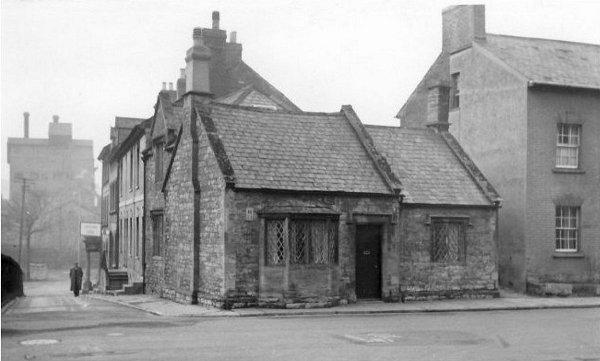
This photograph
features in my
book 'Yeovil
From Old
Photographs'
Penstile Turnpike House photographed about 1940. Notice the tall building in the distance at left which was part of the gasworks.
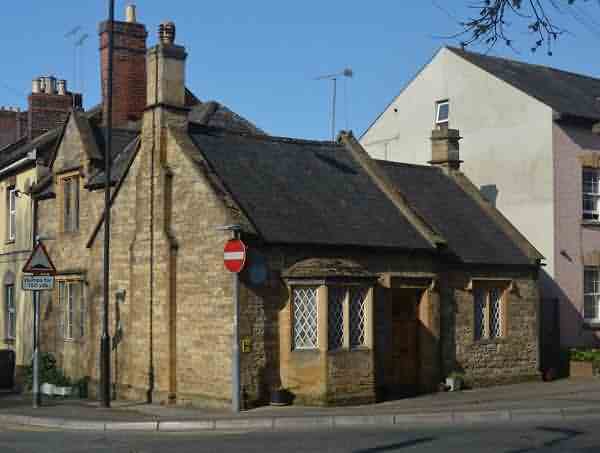
This photograph
features in my
book "Yeovil
In 50 Buildings"
Penstile Turnpike House, now called Newton Lodge, photographed in 2017.
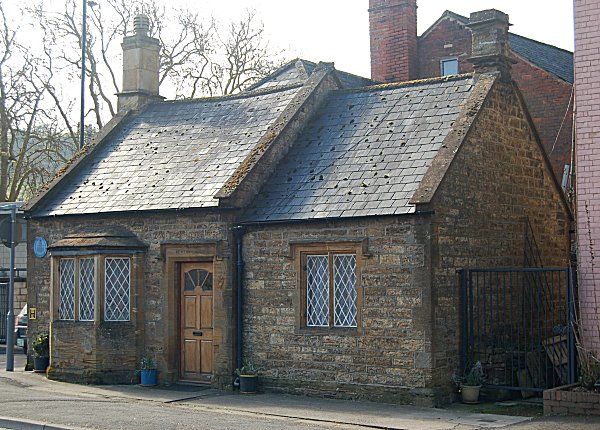
...and seen from Newton Road in 2013.